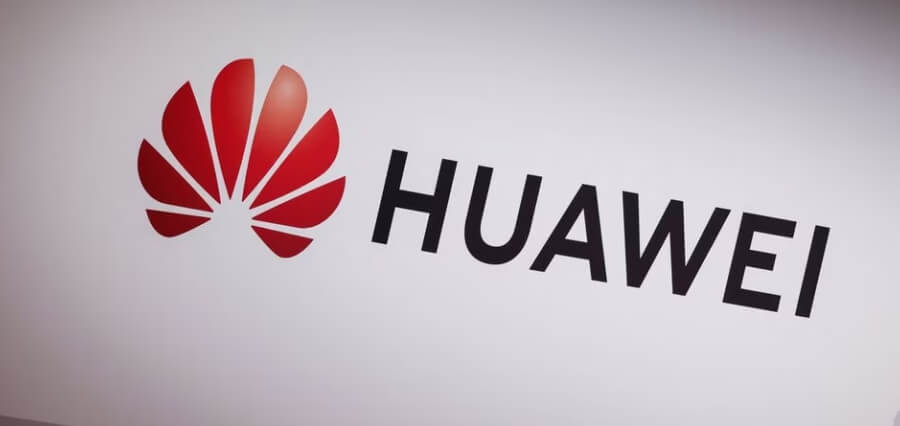With reports indicating that it secured a sizable AI chip order from Chinese tech giant Baidu (9888.HK) this year, Huawei is poised to gain market share as a result of U.S. restrictions on Nvidia’s (NVDA.O) shipments of advanced artificial processors to China.
Huawei, which is more well-known worldwide for its telecom and smartphone industries, has been developing an AI chip line for the previous four years.
Here is what is known about its Ascend AI chip series and the 910B, which is its primary offering and a competitor to Nvidia’s A100 chip.
As part of a plan to develop a full-stack AI portfolio and turn into a computational power supplier, Huawei first unveiled the Ascend 910 in 2018 and formally introduced the chip in 2019. The corporation was the subject of US export restrictions that same year.
Huawei asserted at the time that its CPU was the most potent AI processor in the world, and reports from Chinese media suggested that the first Ascend 910 was produced using a 7 nanometer technology.
According to Huawei, the processor can do half-precision floating point (FP16) operations at 256 TeraFLOPS and integer precision calculations at 512 TeraOPS (INT8).
The chip’s efficiency was another point of pride for the manufacturer, who claimed that its maximum power consumption of 310W exceeded Huawei’s initial objective of 350W.
But the chip was unable to challenge Nvidia’s hegemony in and out of China. With the release of its A100 and H100 chips in 2020 and 2022, respectively, Nvidia captured the lion’s share of the worldwide AI chip market, a trend that was further accelerated by the rise of generative AI.
Nvidia has a significant incumbent advantage against Huawei, according to experts, with one important benefit being the reliance of ongoing AI initiatives on Nvidia’s software ecosystem. Analysts claim that although Huawei has its own version of the ecosystem, known as CANN, its capacity to train AI models is far more constrained.
Read More: Click Here





